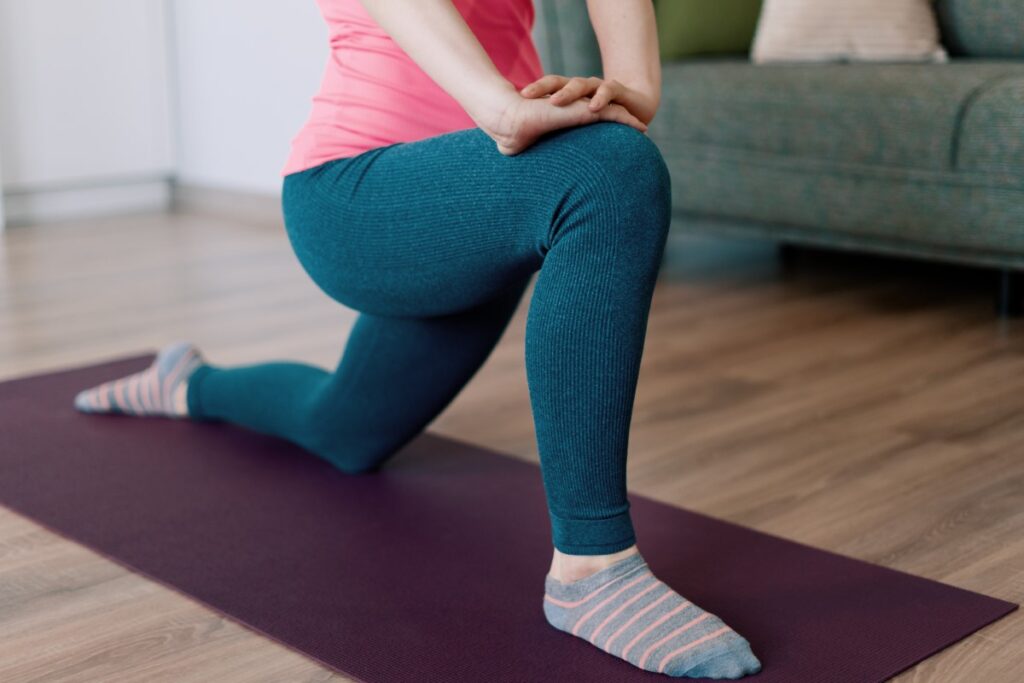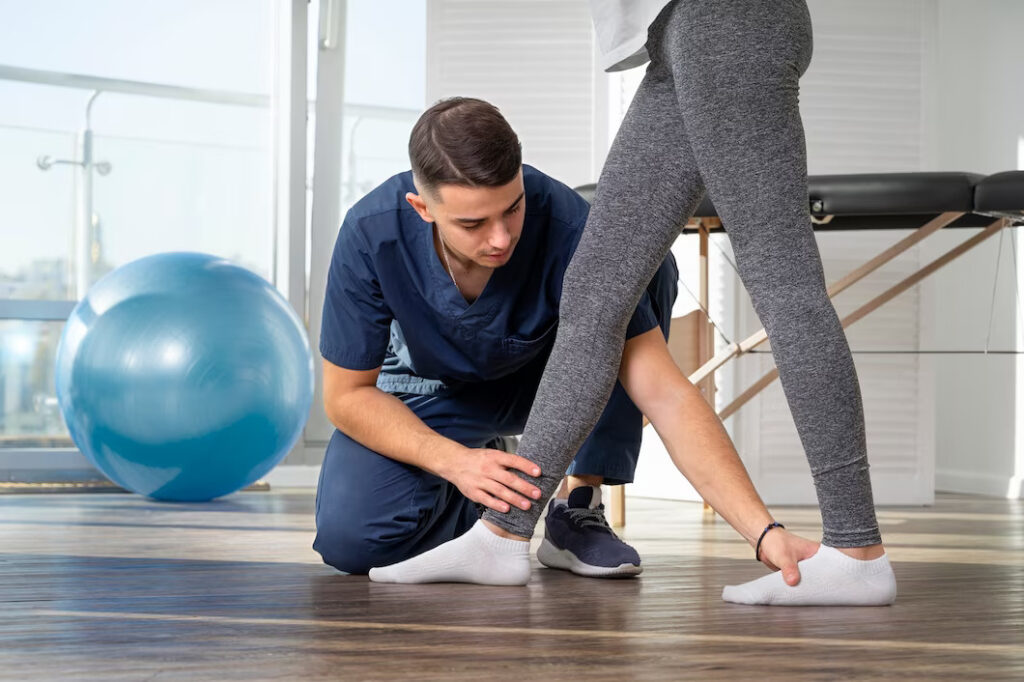Did you know every one in three women suffers from some sort of pelvic issue? The intense pain and weakness from these disorders can potentially stop their running journey and other athletic dreams.
Moreover, a study found that nearly 32% of 2,500 females experienced at least one pelvic floor disorder. But fortunately, there is a solution to regain momentum for runners who face this issue, i.e., pelvic physiotherapy. It will not only solve pelvic issues but can also lead to improved running performance.
If you are a runner suffering from pelvic pain, this article will explain how physical therapy can help you.
Benefits of Pelvic Therapy Techniques for Runners
Here are some top benefits of getting pelvic PT as a female runner:

1. Improved Core Stability
Pelvic physical therapy utilizes specific techniques and interventions to effectively improve the core stability of the torso muscles by addressing the underlying causes of pelvic dysfunction.
For example, pelvic floor biofeedback is a technique that provides visual or auditory feedback to individuals about their pelvic muscle activity. It helps them learn to contract and relax the muscles effectively. This leads to focused muscle activation, eventually enhancing the core stability in runners.
Some other methods include Pilates-based exercises and postural training that strengthens the core.
2. Rehabilitation Support
In the event of a pelvic injury, such as a muscle strain or pelvic stress fracture, physiotherapy can provide rehabilitation support.
One technique employed for this purpose is neuromuscular re-education which helps restore regular nervous and muscular function, normal movement patterns, muscle coordination, balance, and control. In this technique, therapists use visual and proprioceptive feedback to improve neuromuscular control and restore the functional ability of pelvic muscles in runners.
Pelvic physiotherapy plans may also include manual therapy and scar tissue mobilization for rehabilitation support.
3. Customized Treatment Plans
Pelvic physical therapists can make customized treatment plans for runners. These can be highly beneficial as they address the person’s specific issues.
For instance, a female runner with pelvic floor muscle weakness may be prescribed exercises such as Kegels, bridges, or squats to target and strengthen the pelvic floor muscles. Similarly, pelvic instability requires exercises like planks, dead bugs, or side-lying leg lifts to improve core stability and minimize excessive pelvic movement during running.
Emerging Trends in Pelvic PT For Runners
The biggest emerging trends in pelvic PT focus on integrating running-specific exercises and neuromuscular training. Below are a few emerging techniques of pelvic PT.

1. Dry Needling
Dry needling is an emerging technique in running physiotherapy for pelvic issues that involves the insertion of thin, solid needles into specific trigger points within the pelvic floor muscles. It can alleviate muscle tightness, reduce pain, and enhance muscle function, ultimately improving pelvic stability and running performance.
2. Hydrotherapy
Hydrotherapy, also known as aquatic therapy, involves performing exercises and rehabilitation activities in a water-based environment.
The buoyancy of water reduces the impact and stress on the pelvic joints, allowing for gentle movements and an increased range of motion. This technique specifically targets the pelvic floor muscles through pelvic floor contractions, hip movements, and core stabilization exercises.
3. Pelvic Floor Electrical Stimulation
Pelvic floor electrical stimulation is a therapeutic technique that uses low-intensity electrical currents to stimulate and strengthen the pelvic floor muscles.
It activates the pelvic floor muscles, promoting muscle contraction and relaxation patterns necessary for optimal pelvic control during running. Furthermore, electrical stimulation can enhance blood circulation, reduce pain, and aid tissue healing.
How to Find Effective Pelvic Physiotherapy Resources For Addressing Pelvic Issues in Runners?

Finding effective pelvic therapy resources for runners comes down to a few key points. It is recommended to look for therapists who specialize in dealing with running-specific injuries. These specialists can give you tailored exercise plans for your targeted pelvic issues.
You can look for clinics or therapists who prioritize evidence-based practices, offer individualized treatment plans, and have a track record of successfully helping runners with pelvic issues. Conducting thorough research and reading patient reviews or testimonials can further assist you in finding reputable resources.
Summing Up
Specialized pelvic PT can provide several benefits, including core strength, improved running performance, faster injury recovery, and prevention. However, you must ensure to get treated by a specialist running physiotherapist to get maximum positive results from this therapy.

